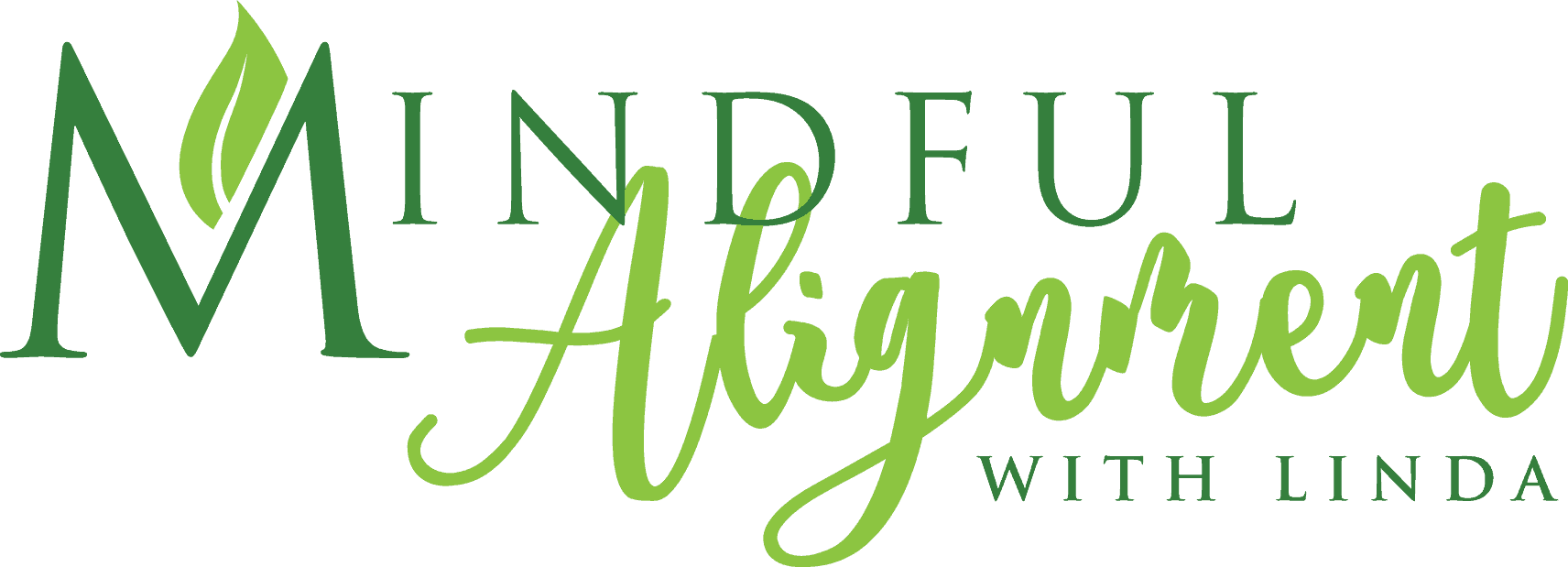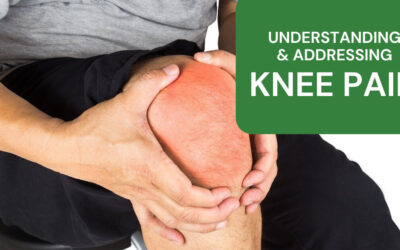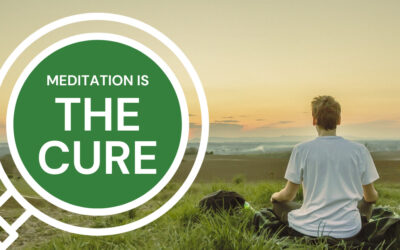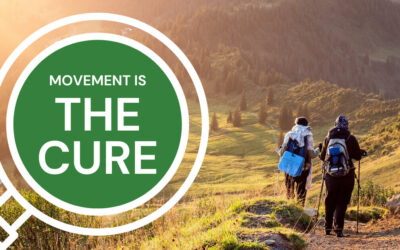Visualize Like Beth Harmon
The fictional chess prodigy in “The Queen’s Gambit”
“The Queen’s Gambit” is a mini-series on Netflix about a fictional champion chess player who has a special gift.
The Queen’s Gambit narrative follows that of a 1983 novel of the same title authored by Walter Tevis wherein the central character is a fictional chess prodigy named “Beth Harmon,” and was inspired by several real-life chess players.
In particular, the Netflix series’ title was inspired by a particular champion chess player’s game strategies that “Beth” learns about on her narrative journey from living in an orphanage to traveling between world championships.
Several scenes in the mini-series pictorially present the strategic thinking and graphic visualization in “Beth’s” mind during each chess game as it is played.
Everyone’s particular mind and thought process are unique to them
It’s hard to understand how another person’s mind works or, for that matter, how another person’s body feels. However, it could be possible that others can visualize their work or creativity in the same way as depicted in this book and series.
In a protracted moment of curiosity, I decided to research “The Queen’s Gambit” to understand what fascinated others so much about this story line. Certainly, the scenes were compelling where “Beth” is looking at the ceiling but seeing a chessboard. Soon, I found myself trying to seek out other examples only to discover that I too possessed a similar talent.
For example, during my yoga teacher training, I first became aware how I could feel the poses in my body without actually doing the poses. Also, over the years, both clients and students have remarked about my ability to change and adapt sequences on-the-fly. (My explanation had always been that the “universe” inspired me.)
It’s a combination of physical and mental ability
After watching the chess scenes in the mini-series, I realized that my own ability to reorganize sequences and combine poses while teaching is similar to “Beth’s” experience of visualizing various strategies in a chess game, while supposedly just looking at the ceiling.
Combining the physical ability to feel the poses in my body and the mental ability to “see the poses and sequences” on the ceiling – – informs my teaching in a unique way that benefits both my students and private clients.
The class challenge
About a year ago, a classroom of my students challenged me to create a class sequence based on the students’ favorite poses. With over 20 “regulars” in the room, I asked each person to call out their favorite pose. Even not knowing what would be requested, I still felt ready for the challenge. There was only one pose that I was not sure if I could incorporate into the class, especially given the one hour time limit. Without hesitation, however, I started the class, creating the new sequence as we went.
Afterward, everyone agreed that they were excited with the result. The one pose that I was uncertain about was incorporated into the final sequence. All the students were pleased with the outcome and as a result, I plan on trying this approach again.
Private sessions
The challenges are similar when working with private clients. During the client assessment, we decide on the challenges and goals. Then, I plan out how to help this particular client improve.
At the beginning of each session, we review how they feel, how they responded to the last session, and if there is anything new. Often the plan for that session needs to be tuned, especially if clients are experiencing something new. (For example, a client might be working on ‘low back pain’ but over the weekend triggered some minor trauma to another part of the body while playing sports.)
Approach in a class setting
There is always a “base-level plan” for each of my group classes. However, I always ask what the students would like or need to work on that particular session. Then, the intended plan for that class is either revised or completely changed. Sometimes, I adjust the poses — then re-adjust in progress — based upon what I am observing during the class. This process continues throughout each session whether it is a private or group venue, in-person or virtual (to view my online class schedule – click here).
This is why I teach
I teach to ”BENEFIT OTHERS.”
The best way to help others make progress, is to give the students and clients what they need, when they need it, even if that requires adjusting in real time. I do that efficiently because my body feels the poses – – even when not performing them – – as my mind visualizes in the air, all poses and sequences, just like “Beth Harmon” visualizes chess moves in ‘The Queen’s Gambit.’
When I was injured years ago, my life changed as I struggled through my own personal journey of healing. At first, the present and the future seemed uncertain because I could not return to my corporate job. However, the “why” of my helping others did not change; it just took a different path, a better path, the path of benefiting others by customizing the sequences for them in real time.
If you’re interested in trying a private virtual session or would like to know more information, send me a message or call (973) 476-8661
Are you tired of living with pain?
Are your activities and daily choices determined by your level of pain?
Are you ready to change your life for the better and gain back your physical freedom?
My unique and custom designed approach comes from years of training, education and experience. Together, we will get you back to living pain free and enjoying life.
Sign up for a private session today
It’s never too late to try something new.

Related Articles:
Understanding and Addressing Knee Pain
Knee Pain is a Common Ailment Knee pain is a common ailment that can significantly impact daily life, hindering mobility and causing discomfort. Understanding the causes and managing knee pain is essential for maintaining overall well-being, whether it's due to...
Meditation is the CURE
Meditation has gained recognition for having a profound effect on the mind and body, leading to improved overall health and longevity.
Movement is the CURE
Including movement into your day can be the cure to many health issues that plague us later in life. Movement has incredible benefits to overall health and helps promote longevity.



